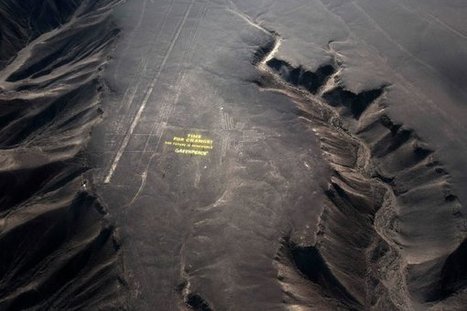A 16th century church has emerged from the receding waters of the Nezahualcoyotl reservoir in the southern Mexican state of Chiapas. This is the second time water levels have dropped low enough to reveal the church since the reservoir was completed in 1966.
Tags: drought, Mexico, water, environment, religion, culture, Christianity, colonialism, architecture, landscape.
Via Mike Busarello's Digital Storybooks



 Your new post is loading...
Your new post is loading...













